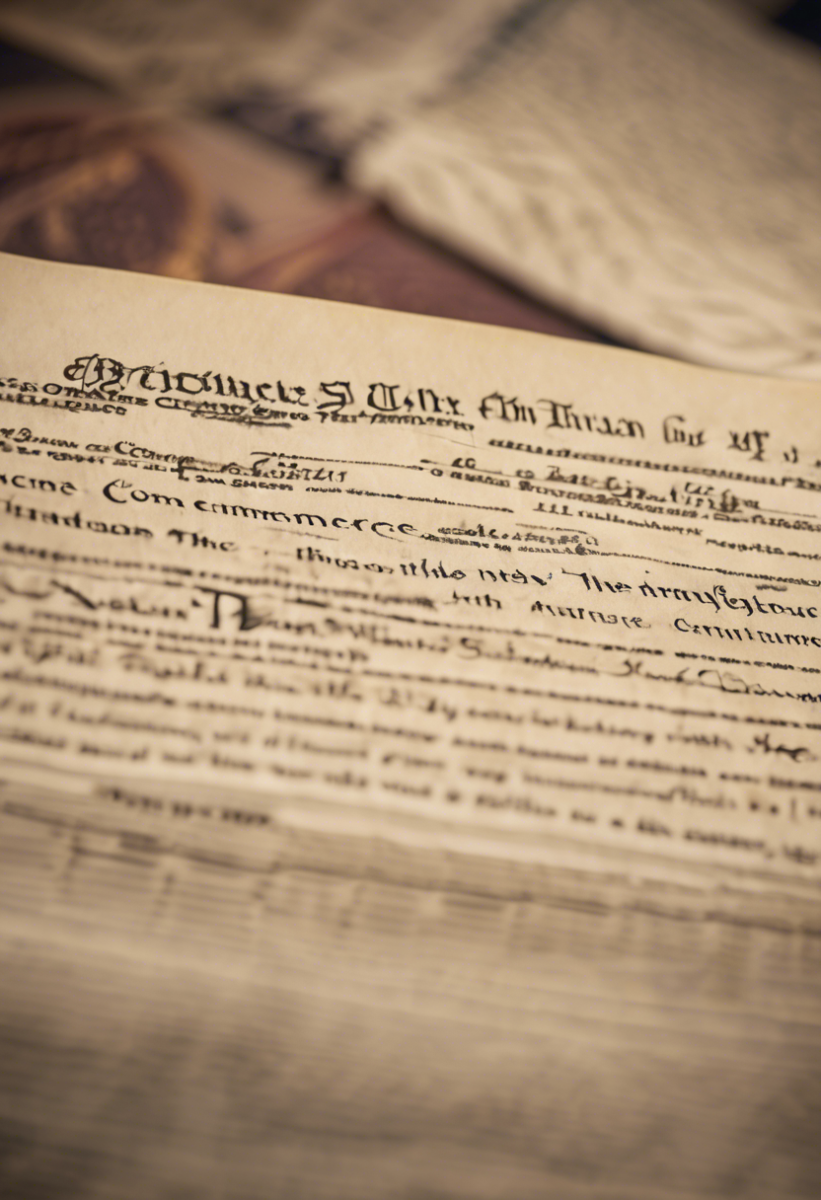Sources
- https://www.senate.gov/about/origins-foundations.htm
The official U.S. Senate website provides authoritative information on the structure, function, and history of the Senate, directly supporting claims about its composition and powers. - https://www.usa.gov/branches-of-government
USA.gov is a reliable government resource that explains the roles and responsibilities of the legislative branch, including the Senate, reinforcing the blog's points about its powers and functions. - https://www.britannica.com/topic/Senate-United-States-government
Encyclopedia Britannica offers a detailed and authoritative overview of the U.S. Senate, including its leadership structure and legislative powers, which aligns with the blog's content. - https://www.congress.gov/
Congress.gov is the official source for federal legislative information, providing insights into the Senate's role in voting on acts of Congress and other legislative duties mentioned in the blog. - https://www.whitehouse.gov/about-the-white-house/our-government/the-legislative-branch/
The White House website provides a comprehensive explanation of the legislative branch, including the Senate's powers and its role in the U.S. government, supporting the blog's key points.
Key Points
- The Senate is a key legislative body with 100 members, two from each state.
- Senators have powers like nominating Supreme Court Justices and declaring war.
- Leadership in the Senate is aligned with the majority party, with 'whips' gathering votes.
- Each state has equal representation in the Senate, promoting fairness and unity.
- Understanding the Senate's structure helps in comprehending national decision-making processes.
- Recent news highlights include Trump's use of an obscure law for mass deportations.
- Progress on a Ukraine peace deal has been made, but many issues remain unresolved.
- Economic growth is expected to slow, with an increasing risk of recession.
Summary
The blog post highlights the key roles and functions of the U.S. Senate, including its 100-member structure, powers like confirming Supreme Court Justices, and leadership dynamics. It emphasizes the Senate's design for equal state representation, fostering fairness and unity in democracy. Additionally, it provides updates on current political and economic news, encouraging readers to stay informed.
Dear Reader,
we’re delighted to bring you this update, filled with illuminating insights into the workings of the United States Senate. As an integral part of the legislative branch, the Senate plays a pivotal role in shaping the course of our nation. Let’s venture into some of its fascinating aspects.
Discover more by visiting: What is the Senate?
Main Points from the Blog:
- The Senate is a crucial legislative body comprising 100 members, two from each state, that votes on acts of Congress.
- Senators hold powers such as nominating Supreme Court Justices, initiating investigations, and declaring war along with the House of Representatives.
- Leadership in the Senate is aligned with the majority party with assistant leaders called “whips” gathering votes from party members.
A Personal Touch:
The duties and powers of the Senate were designed with balance in mind. Each state, regardless of size, has an equal voice. This equality fosters a sense of unity and fairness, crucial to maintaining our democratic republic.
Key Lesson:
Understanding the structure and function of the Senate enlightens us on how and by whom decisions that shape our country are made.
Latest News:
- The ugly history behind the obscure law Trump is using for mass deportations
- Many elements of the Ukraine peace deal have been agreed upon, but many issues must be addressed, US President Trump has said
- Slower economic growth is likely ahead with risk of a recession rising, according to the CNBC Fed Survey
Goodbye and happy learning!
From the team at constitutionus.com
Frequently Asked Questions
How many members are in the United States Senate?
What are some of the key powers held by the Senate?
How is leadership structured in the Senate?
Why does each state have equal representation in the Senate?
What recent news was mentioned regarding the Senate?
How useful was this post?
Click on a star to rate it!
Average rating / 5. Vote count:
No votes so far! Be the first to rate this post.
We are sorry that this post was not useful for you!
Let us improve this post!
Tell us how we can improve this post?








